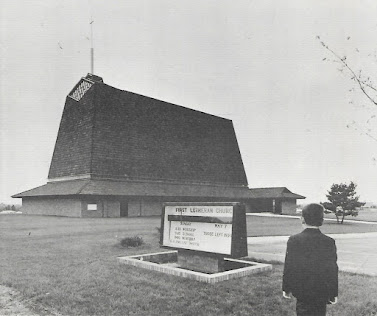Transformation
By Lisa Kramme, Director for Faith Formation
“There’s a pin prick of light,” the pastor told me as we visited about the work their congregation is starting. Concerned about the number of young people involved in their church, the pastor issued an invitation during worship one Sunday: Let’s have a meal together and then visit about what we can do to make a difference.
About fifteen people, mostly Baby Boomers, came together and learned that there’s no magic wand to wave that will cause young people to appear in their pews, and pied pipers are found only in fairy tales. The hands of time can’t turn back to when there were more children in Sunday School, and much to the dismay of many, there is no ONE strategy that will lead to engaging more young people in the life of the congregation.
But then this group learned that there are practices that churches of varying sizes and settings have in common where young people are thriving. The book Growing Young by Kara Powell, Jake Mulder and Brad Griffin reports these practices include inviting young people into meaningful leadership roles, empathizing with youth today, taking Jesus’ message seriously, creating a warm community, prioritizing young people and families everywhere and being the best neighbors.
Fueled by this information, the group set about learning more about the current needs of young people. For instance, according to the Springtide Research Article, “The New Normal: 8 Ways to Care for Gen Z in a Post-Pandemic World,” today’s youth are currently the loneliest generation. In fact, 39% of young people agreed they have nobody with whom to talk, and 57% said they’ll need time and space to process what has happened during the pandemic.
Next, they listened for God’s call to be in ministry with young people through the prayer practice of Lectio Divina. And later they practiced listening to each other with empathy, responding to a partner’s story not with a solution or another story of their own, but with phrases that started out like, “What I’m hearing you say is…” and “You seem…” In addition, they agreed to doing some homework by visiting with four people in the next three weeks—three people they know and one person they don’t know—listening with empathy each time.
“There’s a pin prick of light,” the pastor told me. She and I both know that the congregation’s goal of welcoming more youth is not going to be realized overnight. Any major transformation of the church is not going to happen quickly, not because the church is incapable of transforming, but because transformation is very rarely something that takes place at one moment in time. Rather, transformation happens as the result of a process.
This group of grandparents, retired teachers and other caring members of the congregation are taking steps to transform their church by starting to transform themselves. By listening for God’s call, working with one another and offering an empathetic presence for young people, transformation has begun.




Comments
Post a Comment